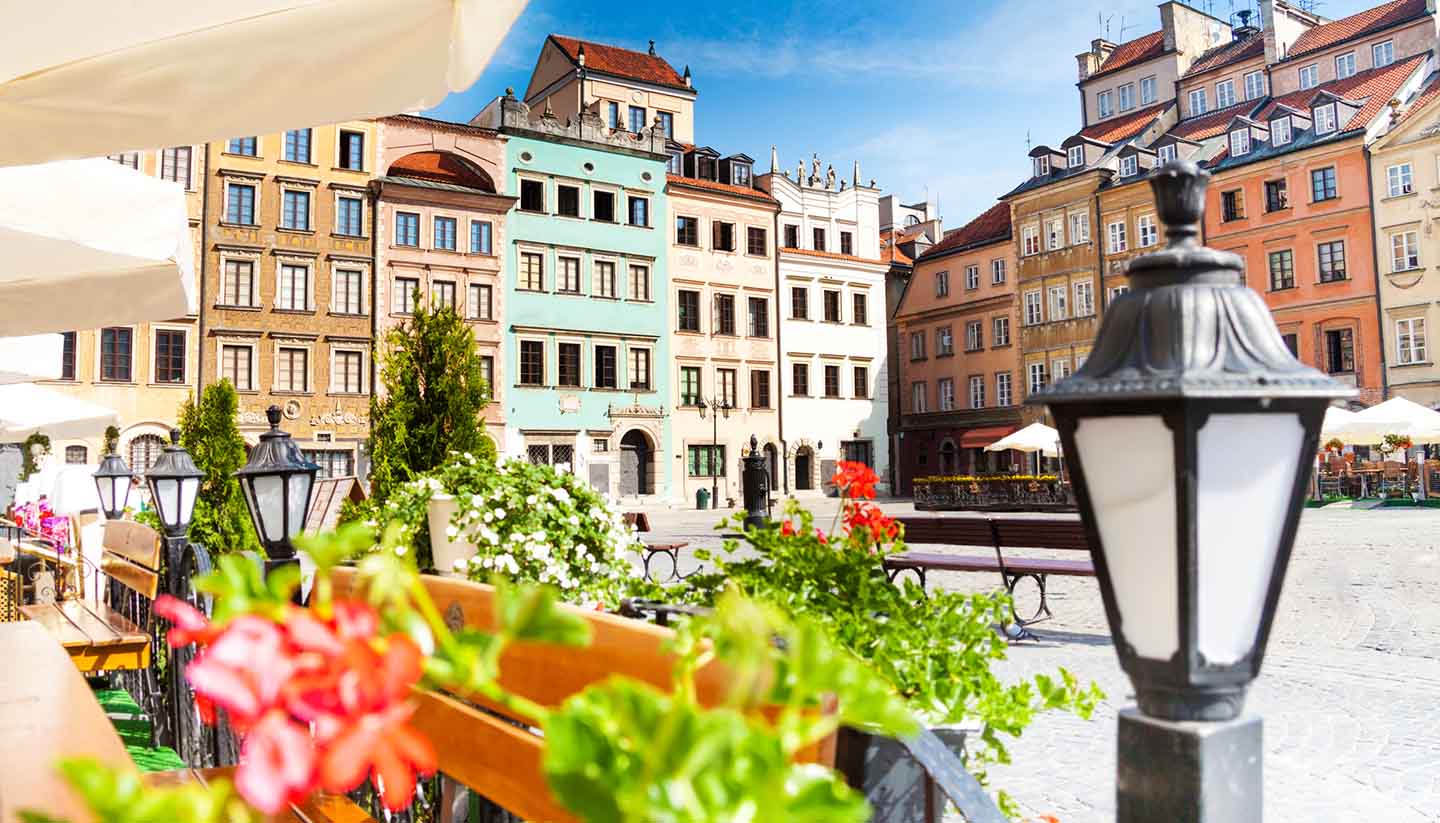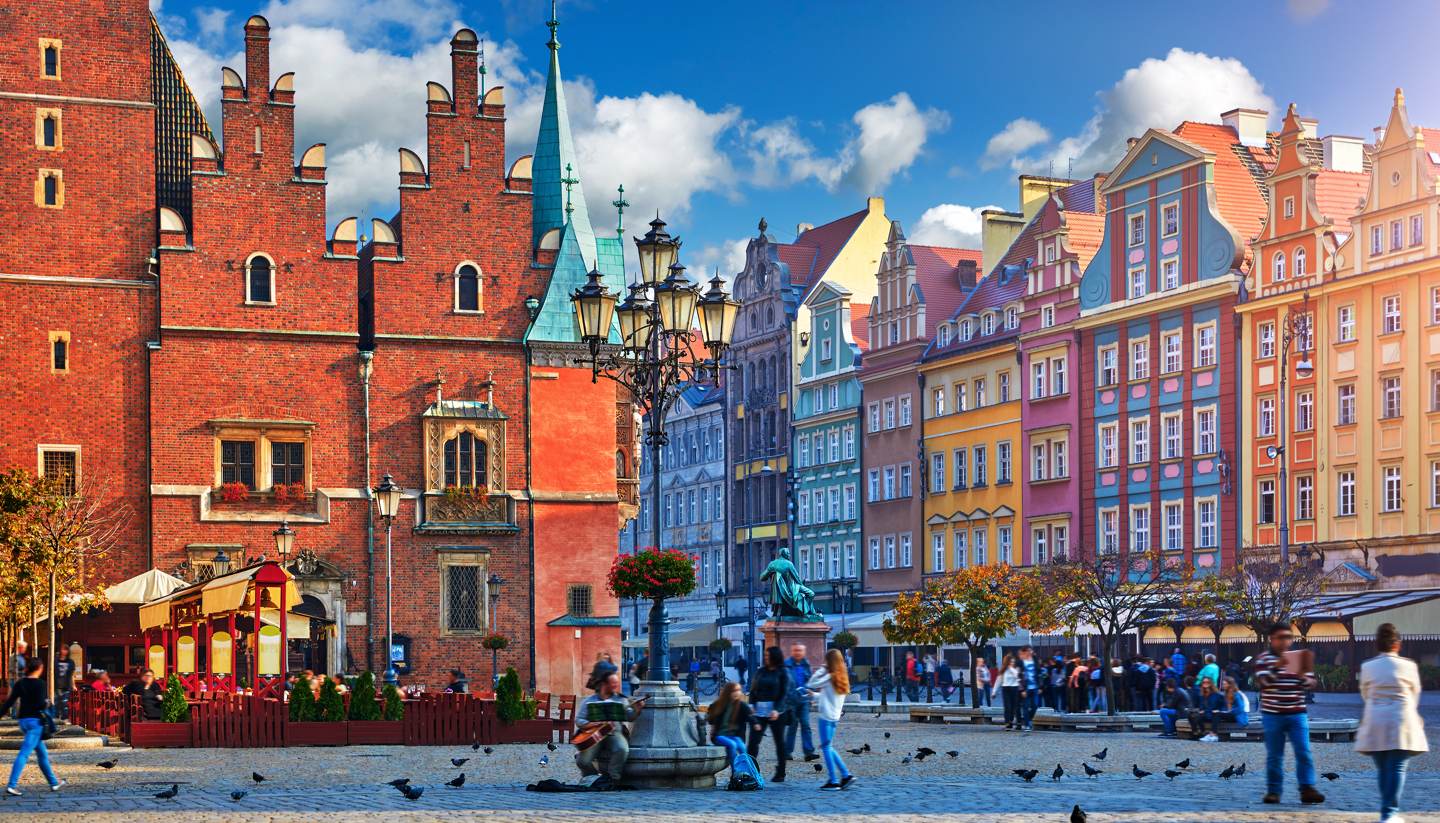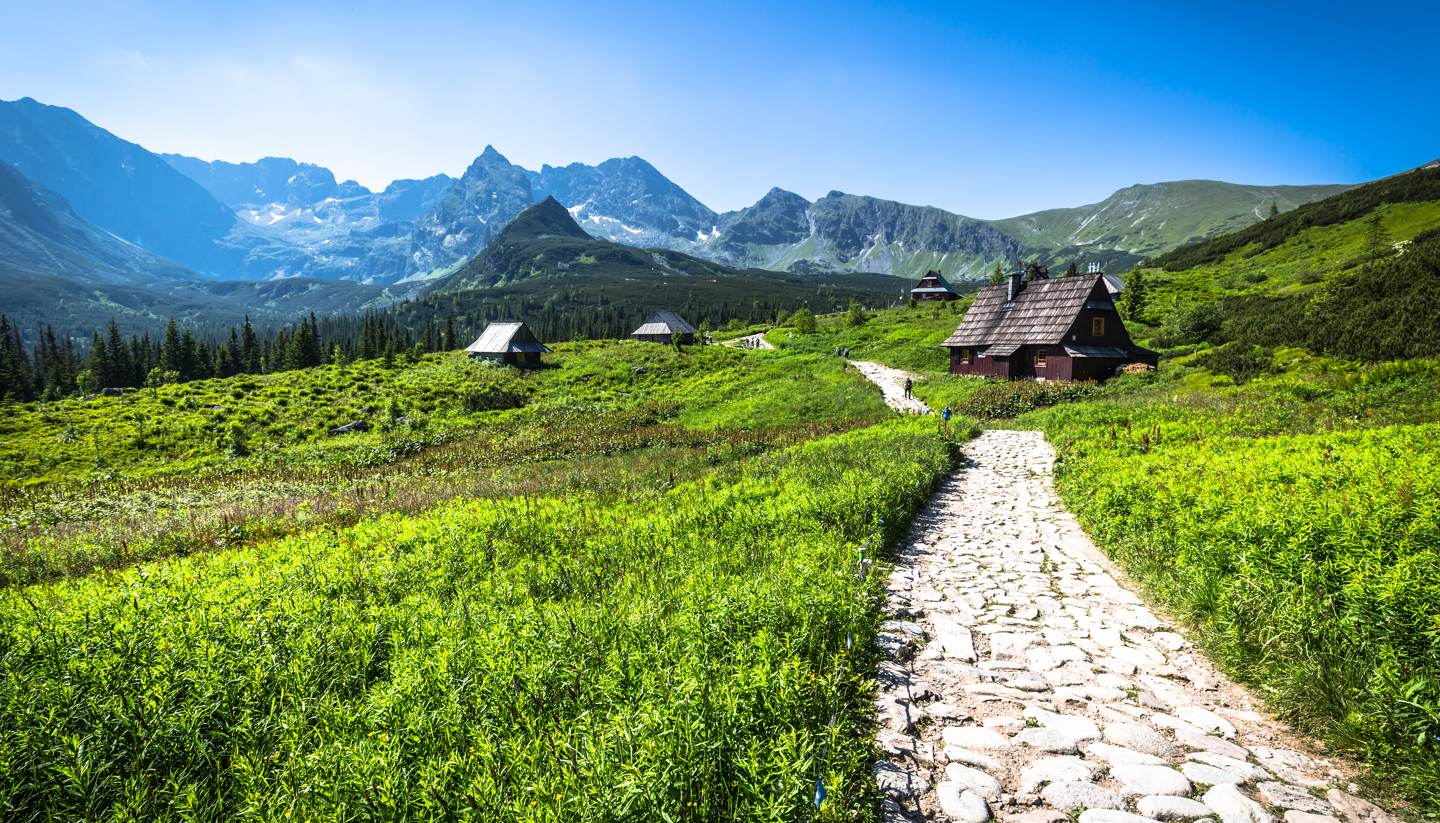Poland Weather, climate and geography
Weather and climate
Best time to visit
Poland’s climate is temperate with warm (sometimes very hot) summers, crisp, sunny autumns and cold winters. Snow covers the mountainous area in the south of Poland (mid-December to April). Rain falls throughout the year.
The most pleasant times to visit Poland are late spring and early summer (May-June) and late summer and early autumn (September-October), when it's still warm and the crowds of tourists have either not yet arrived or already gone home. The added advantages of these shoulder seasons is that you’ll hit the asparagus season in spring and enjoy the best hiking conditions in early autumn.
Required clothing
Light- to mediumweights are worn during warmer months. Medium- to heavyweight clothing is needed during winter. Rainwear is advisable all year. You might also want to bring good walking shoes/hiking boots for urban/rural exploration. In general Poles dress casually, but where there is an event on, it’s to the nines. If you expect to attend a wedding or red-letter party, bring something dressy.
Geography
Poland shares borders with Belarus, Ukraine, Lithuania and the Russian exclave of Kaliningrad to the east and northeast; Czech Republic and Slovakia to the south; and Germany to the west. To the north lies the Baltic Sea.
The Baltic coast provides almost 525km (325 miles) of sandy beaches, bays and steep cliffs; between Gdańsk, and the port city of Szczecin to the west there are many seaside towns offering unpolluted water and some fine beaches, with sunbeds and umbrellas available for hire. These sand and gravel deposits also form the shifting dunes of Słowiński National Park, the sand bars of Hel and the Vistula Lagoon.
Northern Poland is dominated by lakes, islands and wooded hills joined by many rivers and canals. The Masurian Lake District to the northeast is a patchwork of lakes and forests with Lake Hańcza, the deepest lake in Poland, located here. The longest river, the 1,090km (675 mile) Vistula, or Wisła, rises in the Tatra mountains and empties into the Baltic, cutting a wide valley between the capital, Warsaw in the heart of the country, to Gdańsk on the coast.
The rest of the country rises slowly to the Sudety mountains, which run along the border with the Czech Republic, and the Tatra Mountains, which separate Poland from Slovakia. To the west, the River Oder, with Szczecin at its mouth, forms the northwest border with Germany.
Poland counts almost two dozen national parks, covering an area of 3,200 sq km (1,235 sq miles), and including the oldest, Białowieża National Park, east of Warsaw on the border with Belarus, and one of the largest, Bieszczady National Park, part of the Carpathian mountain range.
These parks are home to European bison (the largest mammal in Europe), brown bears, lynx, wolves and even some wild horses. And Białowieża contains a fragment of the forest that once covered Europe prehistoric times, with some oaks dating back half a millennium. Polish forests are largely pine though, accounting for two-thirds of the total.




